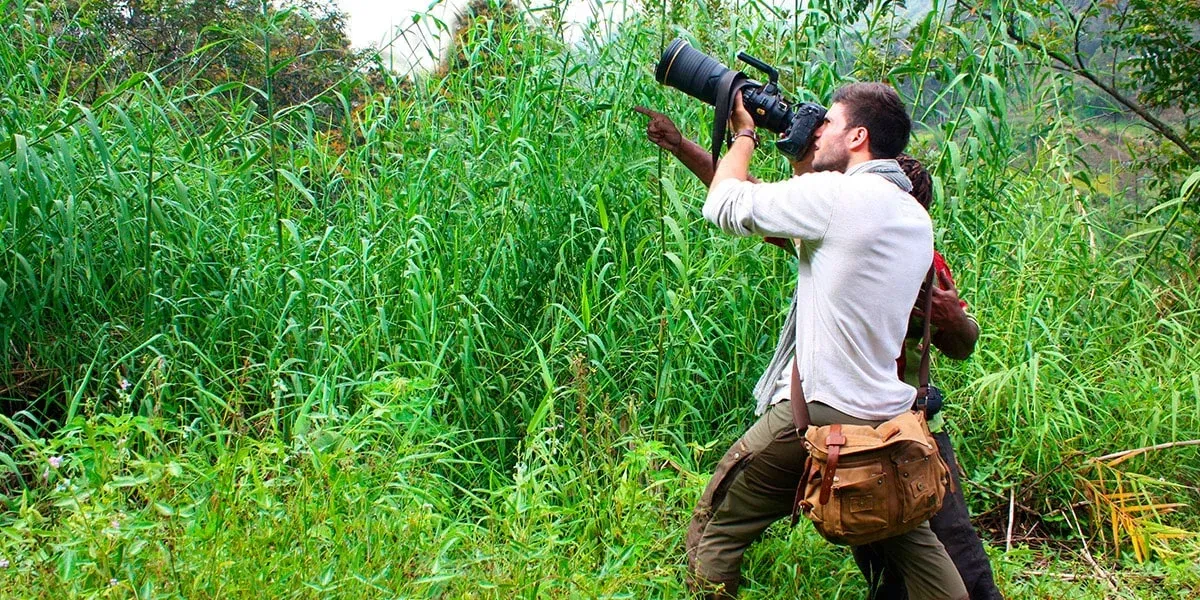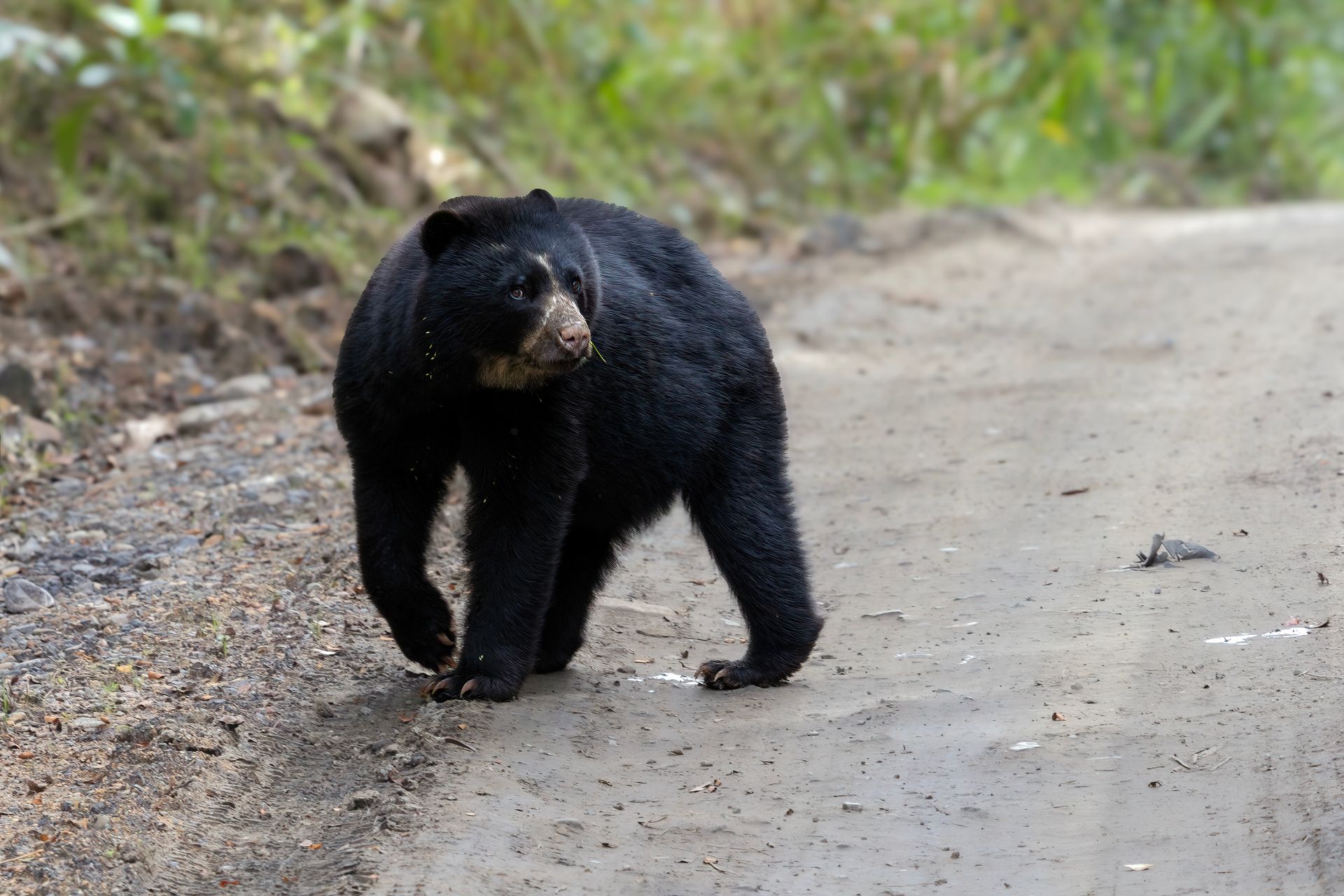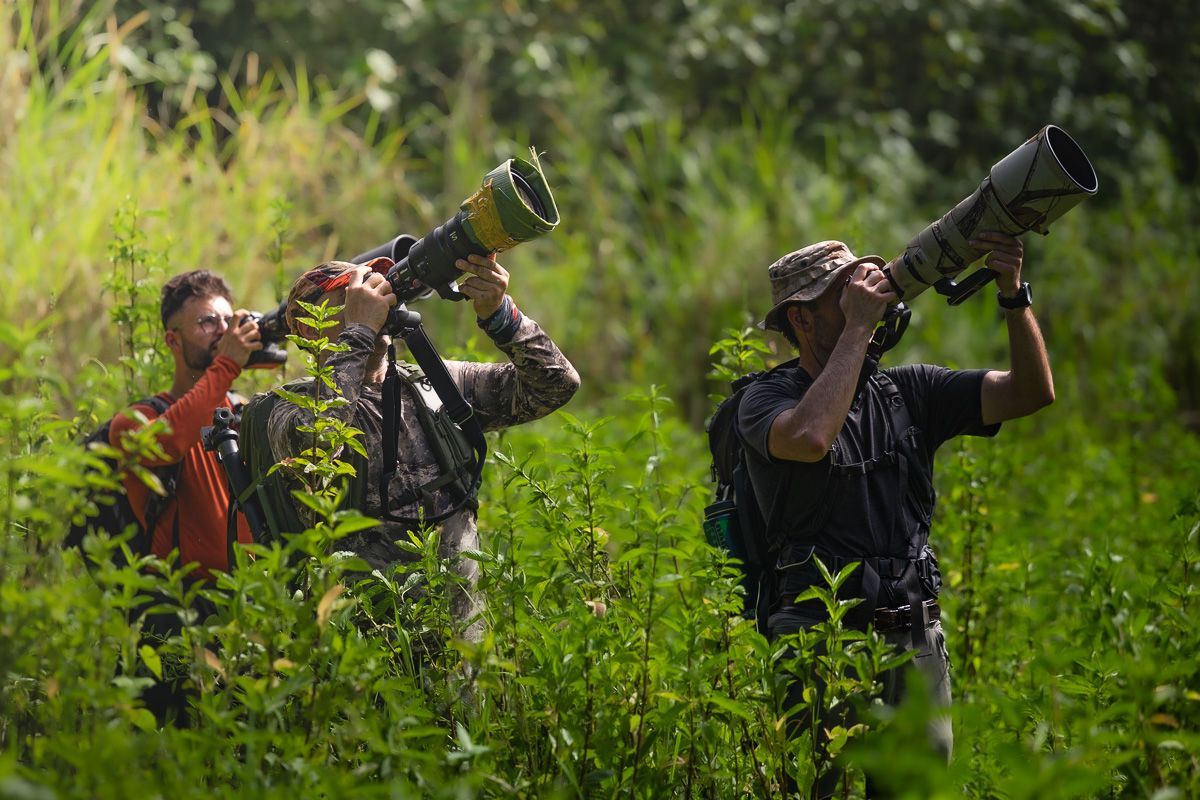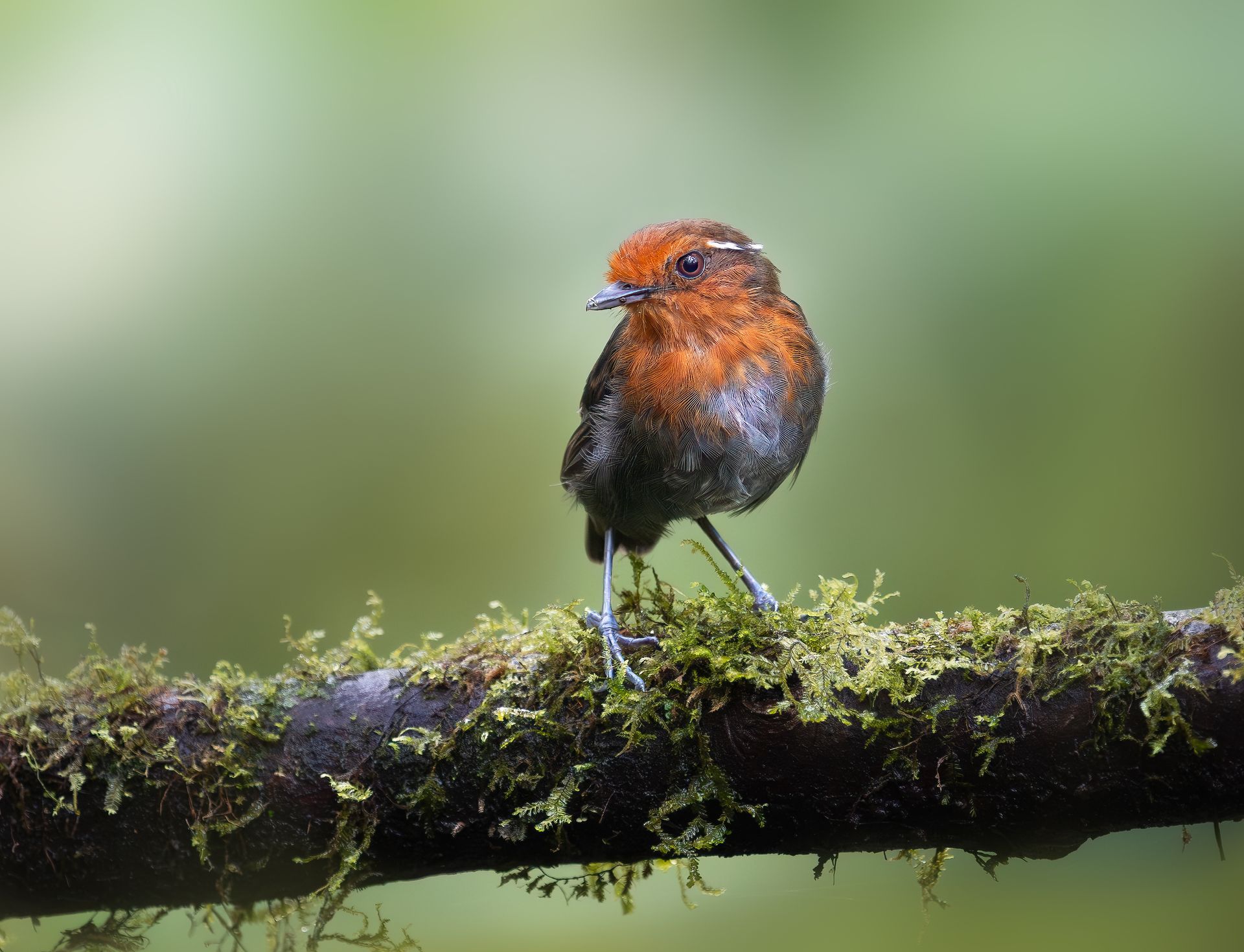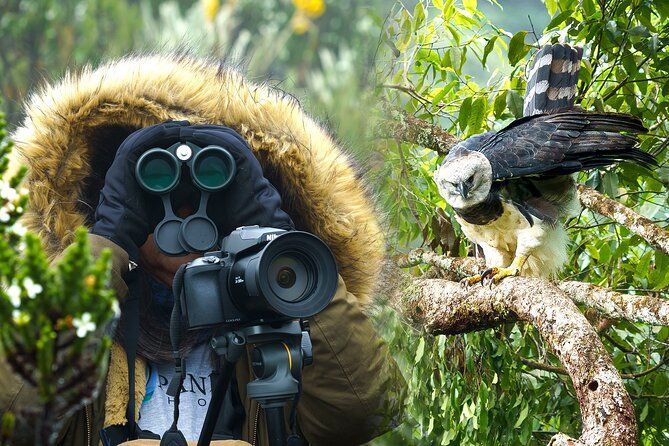Photography Spots in Colombia
There’s something truly magical about capturing the world at dawn or dusk. The soft, golden light at sunrise and sunset transforms landscapes, cities, and nature into breathtaking scenes filled with warmth, drama, and color. For photographers, these fleeting moments offer some of the most inspiring and rewarding opportunities — especially in a country as diverse and vibrant as Colombia.
From towering mountains and sprawling coffee plantations to Caribbean beaches and colonial cities, Colombia offers an extraordinary variety of settings where sunrise and sunset become unforgettable spectacles. In this guide, we’ll share the best spots across Colombia to capture these golden hour moments, plus tips to help you make the most of your photography.
Why Sunrise and Sunset Matter for Photography
The quality of light during sunrise and sunset is unmatched for several reasons:
- Soft, directional light: The sun is low in the sky, producing long shadows and gentle contrasts.
- Rich colors: Skies often blaze with oranges, pinks, purples, and reds.
- Atmospheric effects: Mist, fog, and clouds can add depth and mood.
- Dramatic silhouettes: Backlighting can create striking shapes and outlines.
Because these moments are brief and unpredictable, planning and location choice are key to making the most of them.
Top Sunrise Photography Spots in Colombia
1. Cocora Valley, Quindío
The sun rising behind Colombia’s tallest wax palms is a photographer’s dream. The soft morning mist rolling through the valley, paired with these iconic trees reaching skyward, creates ethereal landscapes unlike anywhere else on Earth. Arrive early to hike into the valley and find a vantage point with clear sightlines toward the east.
2. Nevado del Ruiz, Los Nevados National Park
For alpine sunrise enthusiasts, catching dawn above the clouds from the snow-capped Nevado del Ruiz volcano is unforgettable. The cold, crisp air and the dramatic volcanic terrain bathed in soft morning light are stunning. Plan your timing carefully, as weather conditions change rapidly at high altitude.
3. Tayrona National Park, Caribbean Coast
Sunrise over the Caribbean Sea at Tayrona’s beaches combines turquoise water with pastel skies. The contrast between rugged coastline, tropical vegetation, and the gentle waves lapping the shore makes for tranquil and colorful images. Head to beaches like Cabo San Juan early to catch the first light.
4. Salento, Quindío
The small town of Salento offers charming colonial architecture and colorful streets that glow beautifully in the early morning. Capture locals beginning their day against the backdrop of the surrounding mountains and lush coffee plantations.
Top Sunset Photography Spots in Colombia
1. Cartagena’s Old City Walls
Watching the sun set over Cartagena’s historic city walls is like stepping into a painting. The golden hour bathes the pastel-colored colonial buildings, cobblestone streets, and nearby sea in a warm glow. Find a rooftop café or the promenade along the walls for perfect views.
2. Guatapé and El Peñol Rock
Guatapé is famous for its vibrant houses and the towering El Peñol monolith overlooking lakes and islands. As the sun sets behind the rock, the water reflects spectacular hues of orange and pink. Climb the 740 steps of El Peñol for a panoramic sunset view you won’t forget.
3. Tatacoa Desert, Huila
The Tatacoa Desert offers an otherworldly setting for sunset photography. The reddish and grey landscapes glow intensely in the golden hour, with cactus silhouettes adding graphic interest. This arid region is also ideal for night photography after sunset.
4. Bogotá’s Monserrate Hill
From the summit of Monserrate, overlooking Colombia’s capital city, you can watch the sun set over the sprawling urban landscape framed by the Andes mountains. The city lights begin to sparkle as the sky changes color, creating dynamic urban-to-nature compositions.
Tips for Successful Sunrise and Sunset Photography in Colombia
- Scout your location beforehand
Visit the spot during the day to find good vantage points and plan your composition. - Check the weather and sunrise/sunset times
Colombia’s diverse climates mean weather can vary widely. Use apps like The Photographer’s Ephemeris or PhotoPills to plan light angles and timing. - Arrive early and stay late
Golden hour starts before sunrise and continues after sunset. Arriving early lets you prepare, and staying late allows you to catch changing light and colors. - Bring the right gear
A sturdy tripod, wide-angle lens for landscapes, and a telephoto for details or wildlife are helpful. Don’t forget extra batteries and memory cards! - Experiment with exposure
Try silhouettes, reflections, and long exposures for water or clouds to add variety to your shots. - Respect local communities and environments
Some locations may be sacred or protected. Be mindful of signs and locals.
Capture Colombia’s Golden Hours With Retorno Photo Tours
If you want to experience Colombia’s best sunrise and sunset photography spots with expert guidance, Retorno Photo Tours offers personalized trips designed to help you capture these fleeting moments beautifully. We combine local knowledge, cultural immersion, and photographic expertise to create unforgettable experiences.
Final Thoughts
Sunrise and sunset in Colombia are more than just pretty moments — they are windows into the country’s soul, its landscapes, and its people. Whether you’re shooting the ethereal foggy valleys of the Andes or the fiery skies over the Caribbean coast, these golden hours invite you to slow down, connect with nature, and create images that resonate.
Ready to chase golden light in Colombia? Join us at Retorno Photo Tours and let your camera tell the story of Colombia’s breathtaking dawns and dusks.




